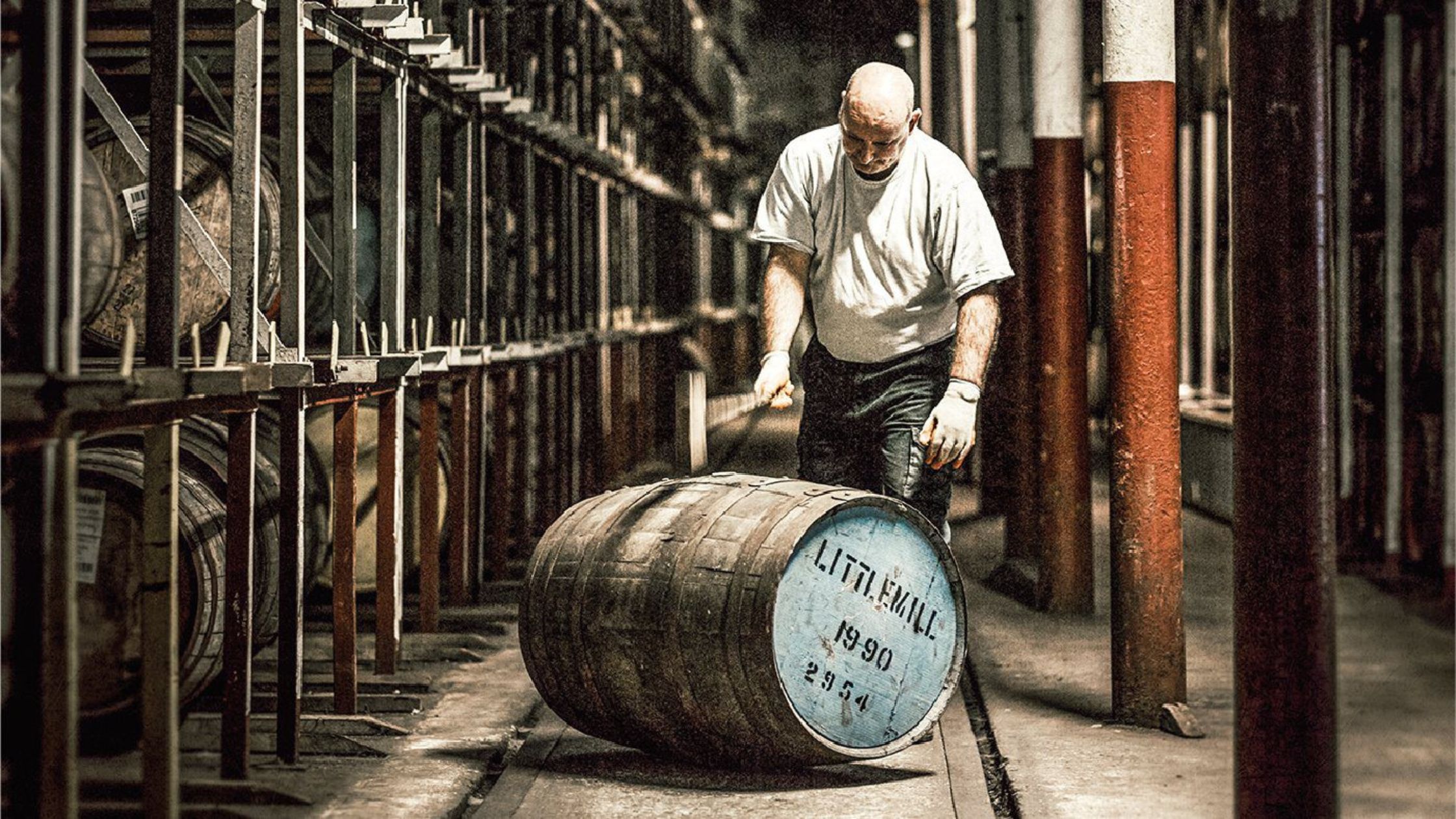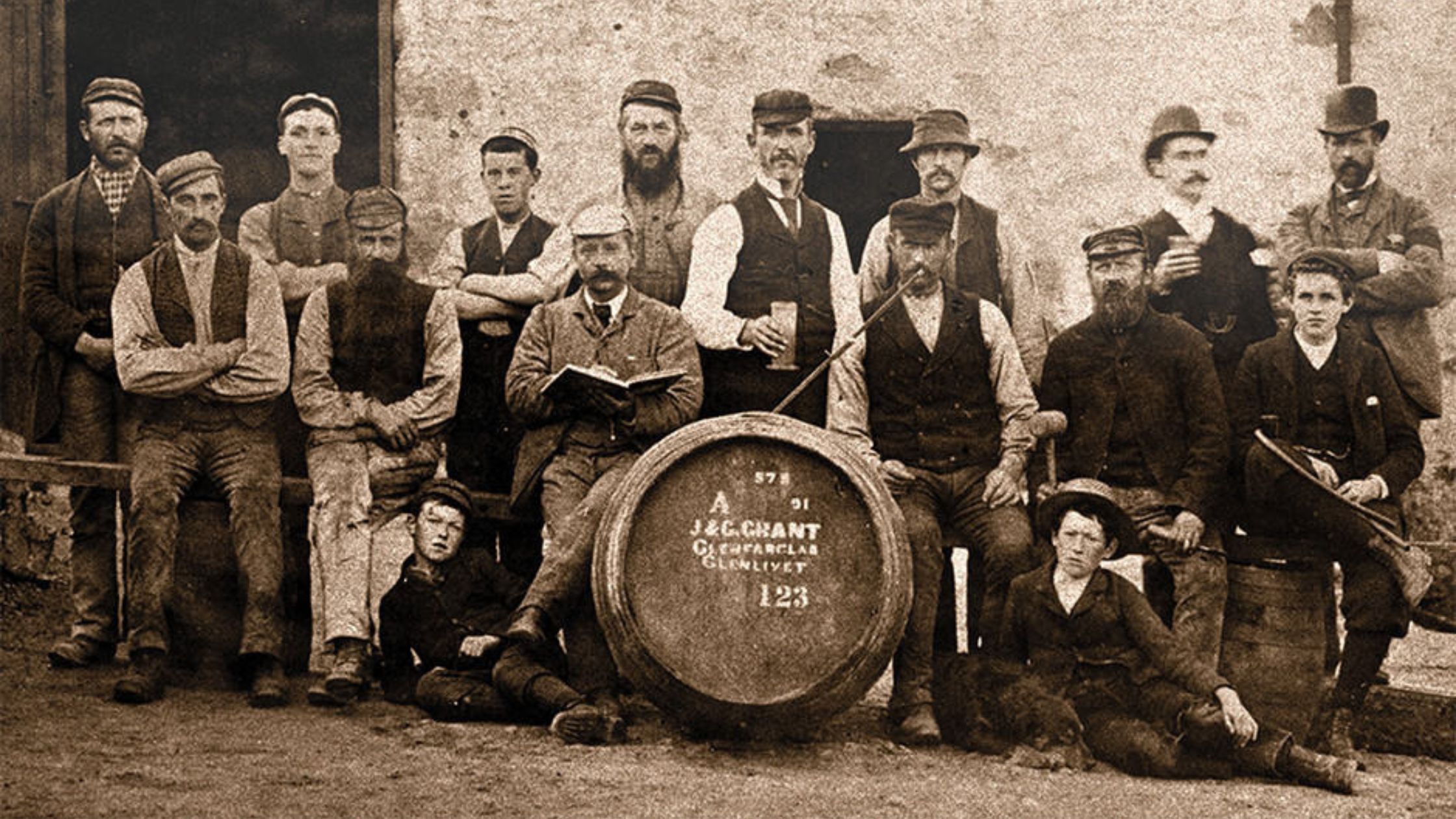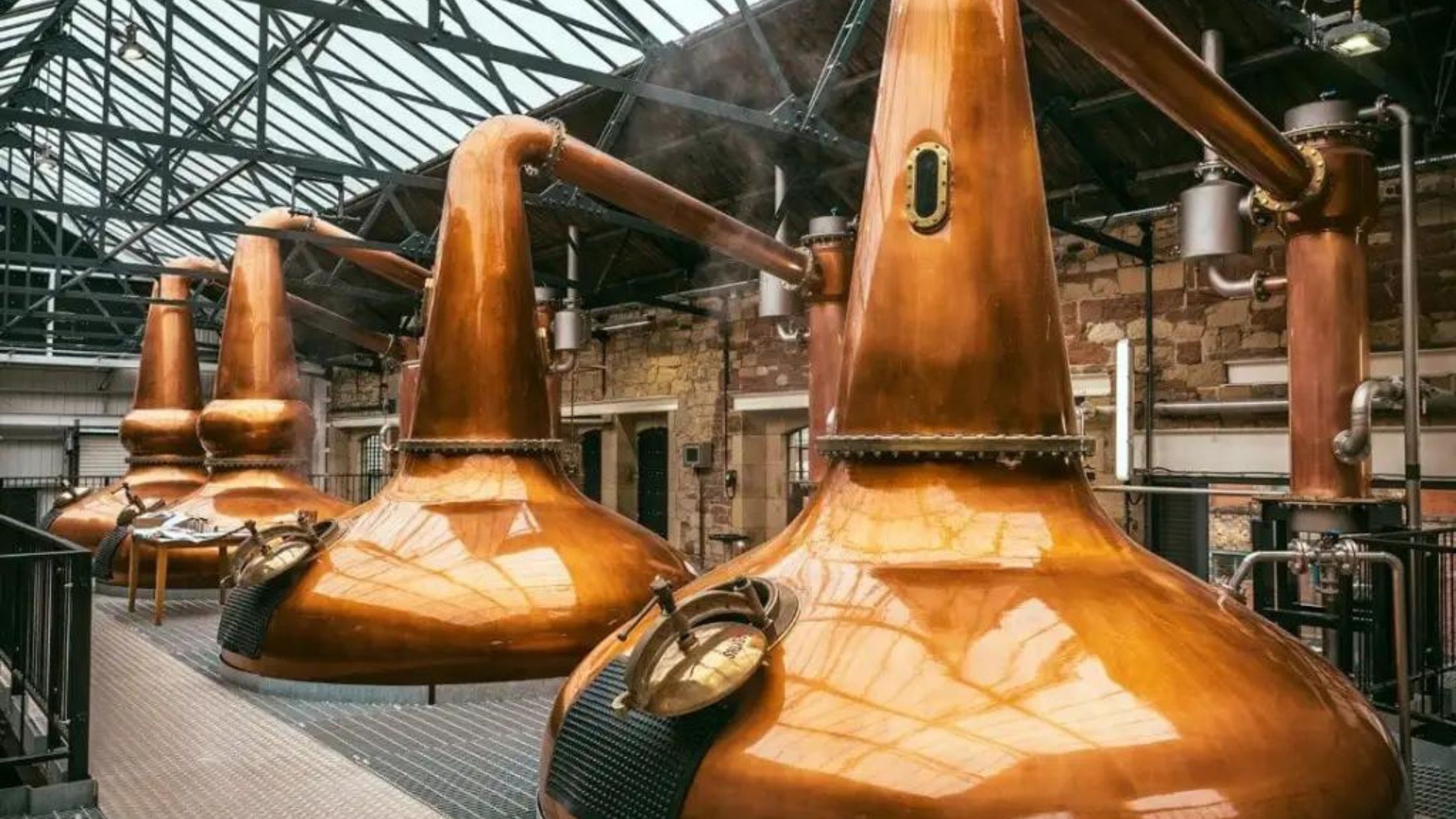History of Whisky: From Monastic Roots to Global Fame
2025-06-03


Whisky has come a long way. From monks applying their expertise in grains and fire to global brands establishing the mood for the world's celebrations, whisky's narrative is deep, true and full of surprises. Let's take a stroll through whisky's journey, from ancient practices to the shelves of high-end bars around the globe.

Before whisky ever filled a glass, distillation was already a thing. It wasn’t about drinking, though—it was about perfumes, medicine, and alchemy. Ancient Babylonian texts mention distillation as early as the 2nd century BC. Later, Arab scholars during the Islamic Golden Age improved the process, even applying it to alcohol in medical treatments.
By the 12th century, monasteries across Europe had picked it up. Monks became skilled in refining alcohol from fermented grains. They weren’t doing it for fun, at least not at first. These early spirits were believed to heal everything from stomach issues to paralysis. They called it "Aqua Vitae"—Latin for “water of life.”
In Scotland and Ireland, the Gaelic translation became "uisge beatha." Over time, “uisge” (pronounced like “oosh-ka”) morphed into something simpler—“whisky.” The name stuck. So did the drink.
The earliest recorded example of whisky is from 1494 in Scotland. A monk named John Cor received enough malt to produce roughly 580 liters of "aqua vitae."
In the 1500s, something notable occurred. Henry VIII had severed ties with the Catholic Church, effectively making monks unnecessary in the 17th century because abruptly many monasteries were closed. Monks were suddenly jobless! However, their highly sought after distilling skills, were not wasted. They passed them on to farmers, settlements, and town-folk.
Soon, whisky was not simply a potion for monks; it was also a way to use extra grain, an item to sell, and an item to keep warm. Early whisky was harsh, raw spirits, and not exquisite by today's standards, but relevant. It was ideal for life.

Jump ahead 100 years to the 18th century. Scotland and England had united, and the British government needed to raise funds. What they saw was whisky, and they were quick to tax it heavily.
The passing of the Malt Tax in 1725 had a radical impact on Scottish distilling, and in particular small distillers, who could not afford to pay this tax. Out of necessity, they had to go underground - literally. They hid their whisky in coffins, church vaults and caves! "Moonshine" isn't only an American thing - Scotland was doing it long before.
It took almost 100 years and the passing of the 1823 Excise Act to straighten things out. The Act made it easier for distillers to distill legally and helped bring whisky out of the shadows.
The 1800s brought some game-changing updates. Irishman Aeneas Coffey invented a new still that allowed for continuous distillation. It made the process faster and more efficient, especially for grain-based spirits.
In 1850, Andrew Usher in Scotland did something big: he started blending different types of whisky—mixing strong malt whisky with lighter grain whisky. The result? A smoother drink that appealed to more people. Blended whisky took off and became the version many people recognize today.
From 1860 to 1880, French vineyards were hit by a tiny pest called phylloxera. Brandy supplies collapsed. Whisky stepped in.
European upper classes—previously loyal to brandy—started turning to whisky. The timing was perfect. Scottish and Irish distilleries were growing, maritime trade was strong, and blended whisky was easier to ship and sell globally.
In the U.S., whisky had already become a part of the culture. During the American Revolutionary War, it was even used as currency. But in 1791, a tax on whisky sparked the “Whisky Rebellion,” a sign of just how important the drink had become.
Prohibition (1920–1933) dealt a heavy blow, but whisky found a loophole. If a doctor prescribed it as “medicine,” you could still legally get it. That’s how some distilleries survived until the laws changed.
Now, whisky isn’t just a drink—it’s an experience. People travel for whisky tours, go to tastings, collect rare bottles, and share stories over a glass. It’s cultural. It’s personal.
From single malts to blended options, whisky has a wide flavor spectrum. Everything matters: the water, the grain, the cask, even the climate.
Scotland and Ireland still lead the charge, but new players like Japan, India, Taiwan, and the U.S. are bringing bold flavors and fresh ideas. Craft distilleries are popping up everywhere, each with its own story.
Whisky’s journey isn’t just about how it’s made. It’s about people—monks, farmers, rebels, inventors, and everyday drinkers. It started as a healing potion and grew into something far more enduring. Today, whether you're sipping it neat or adding a splash of water, you're part of that story.
For Regular Updates: Join WhatsApp Channel